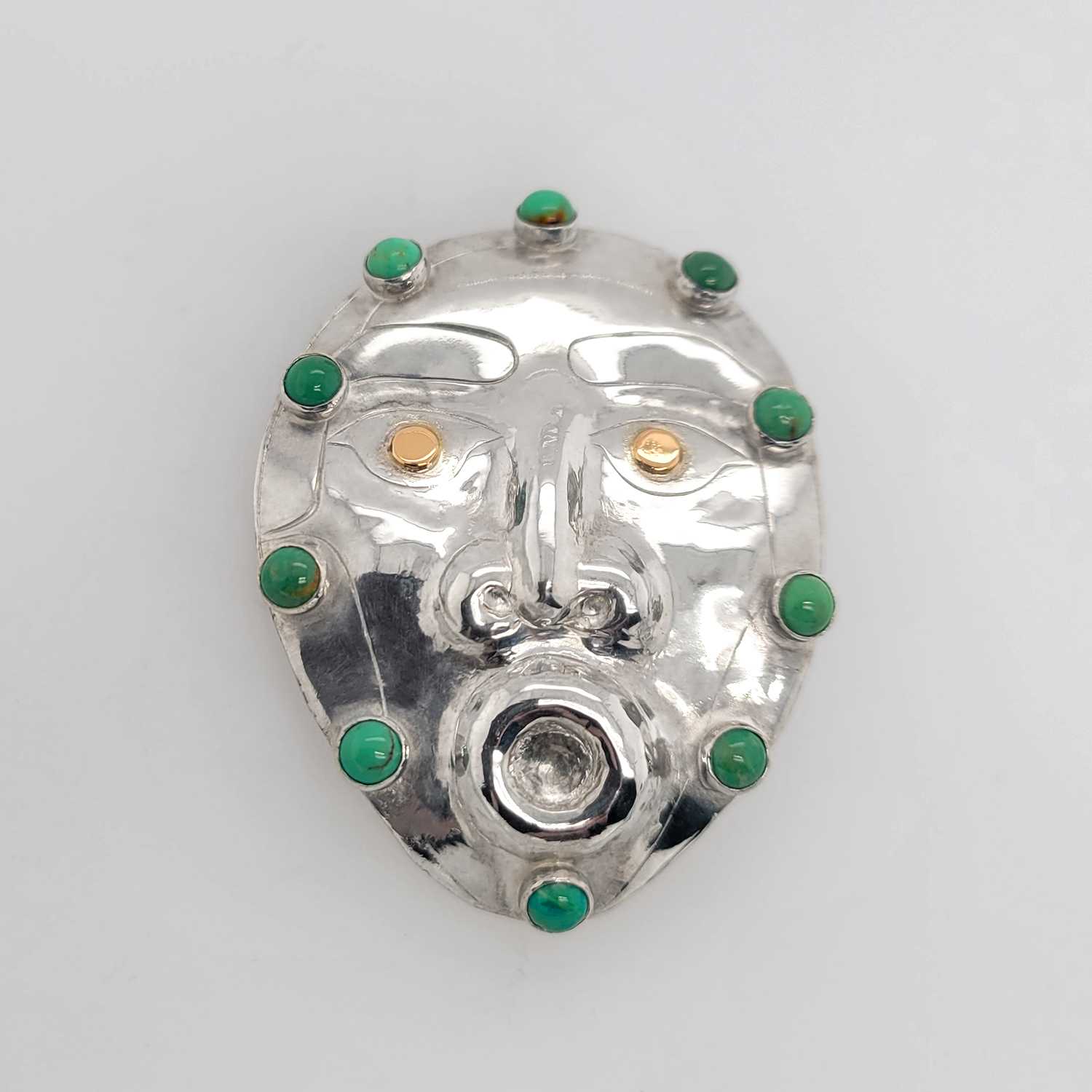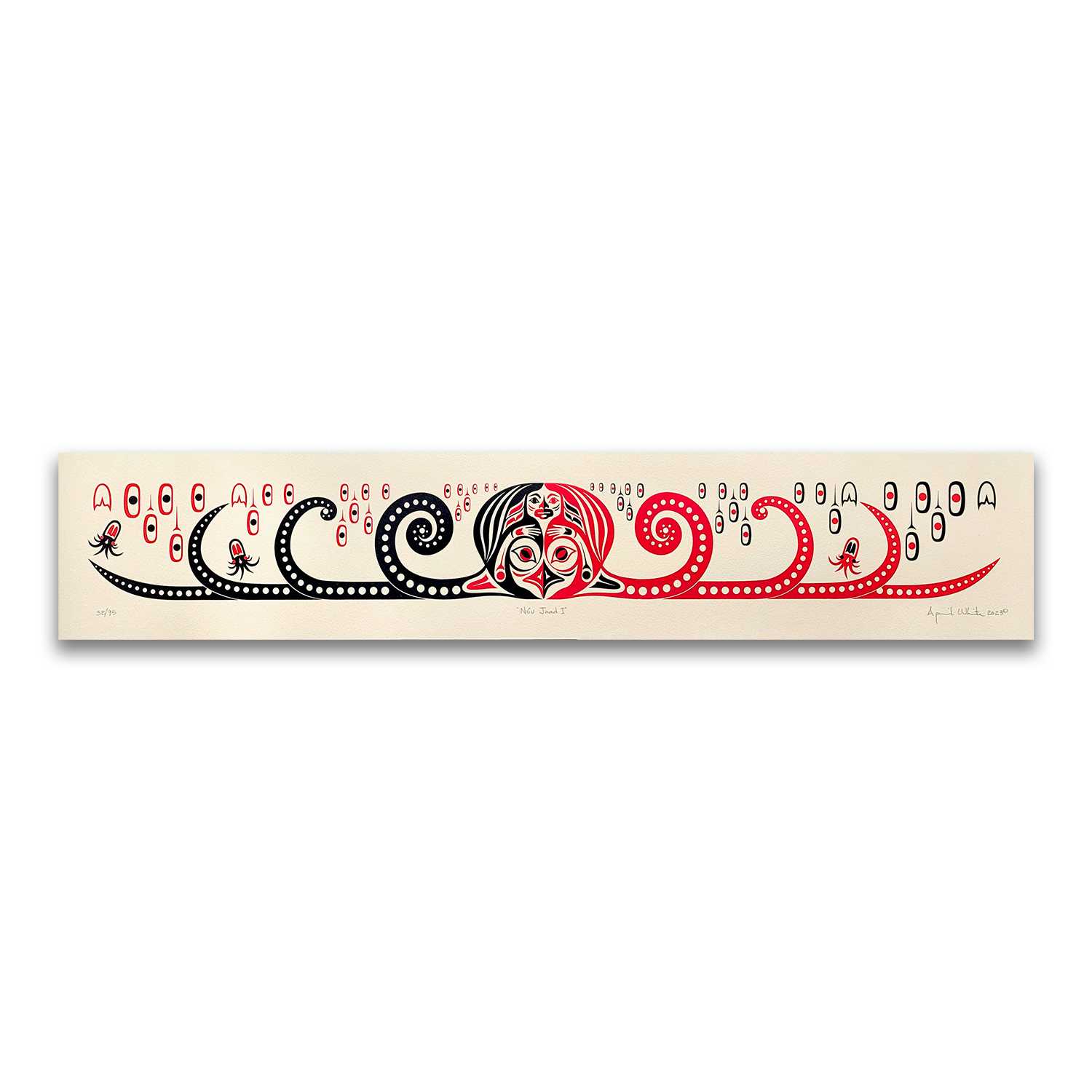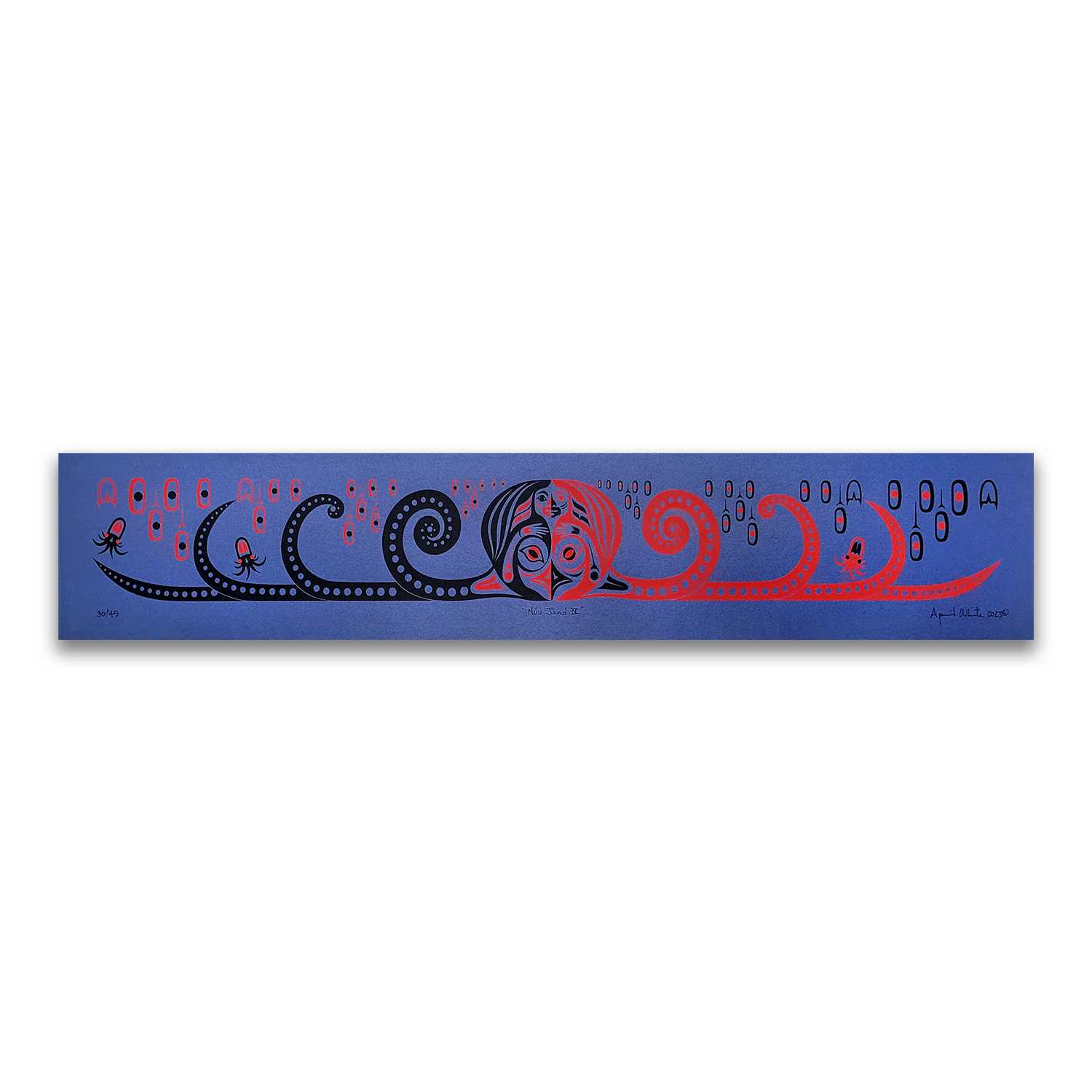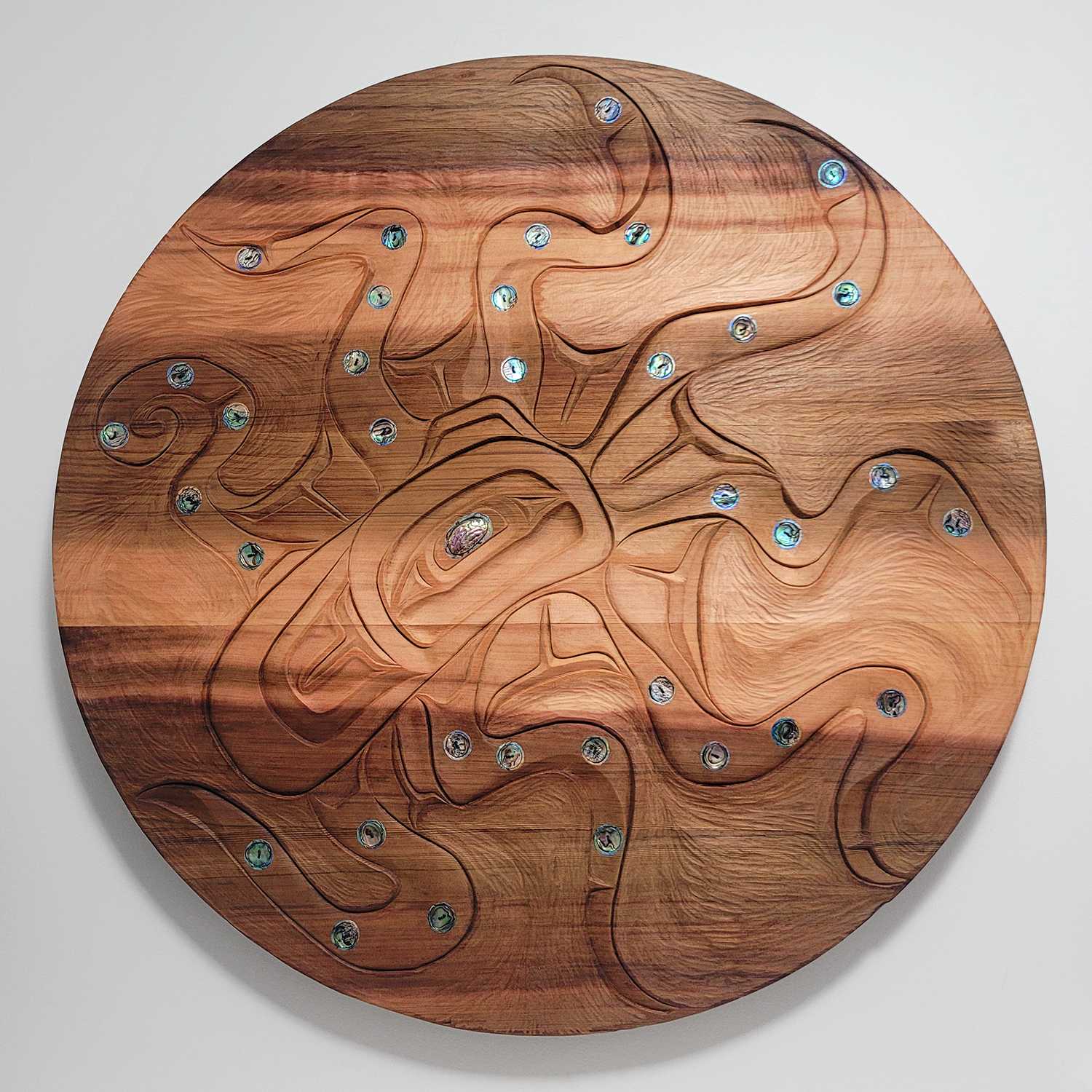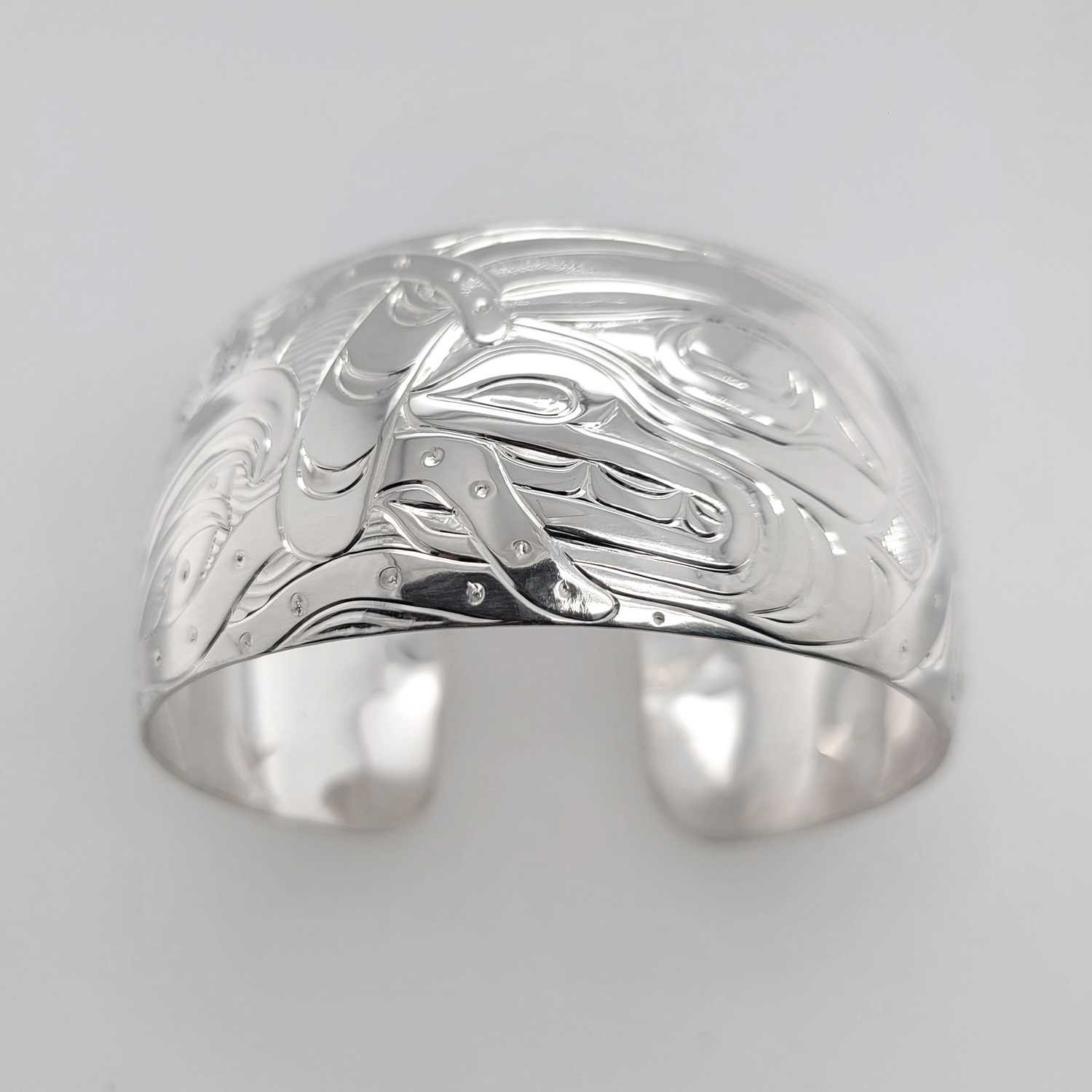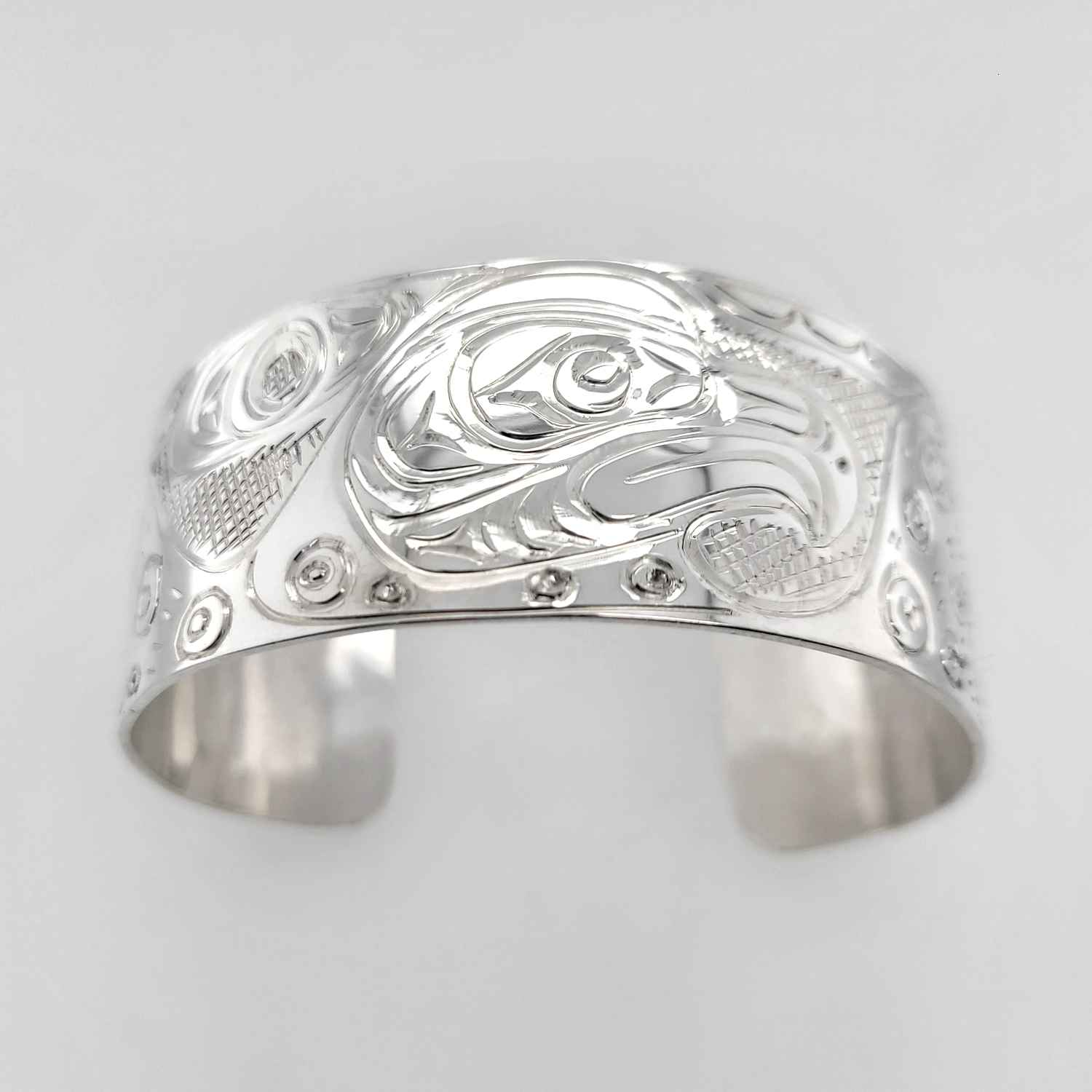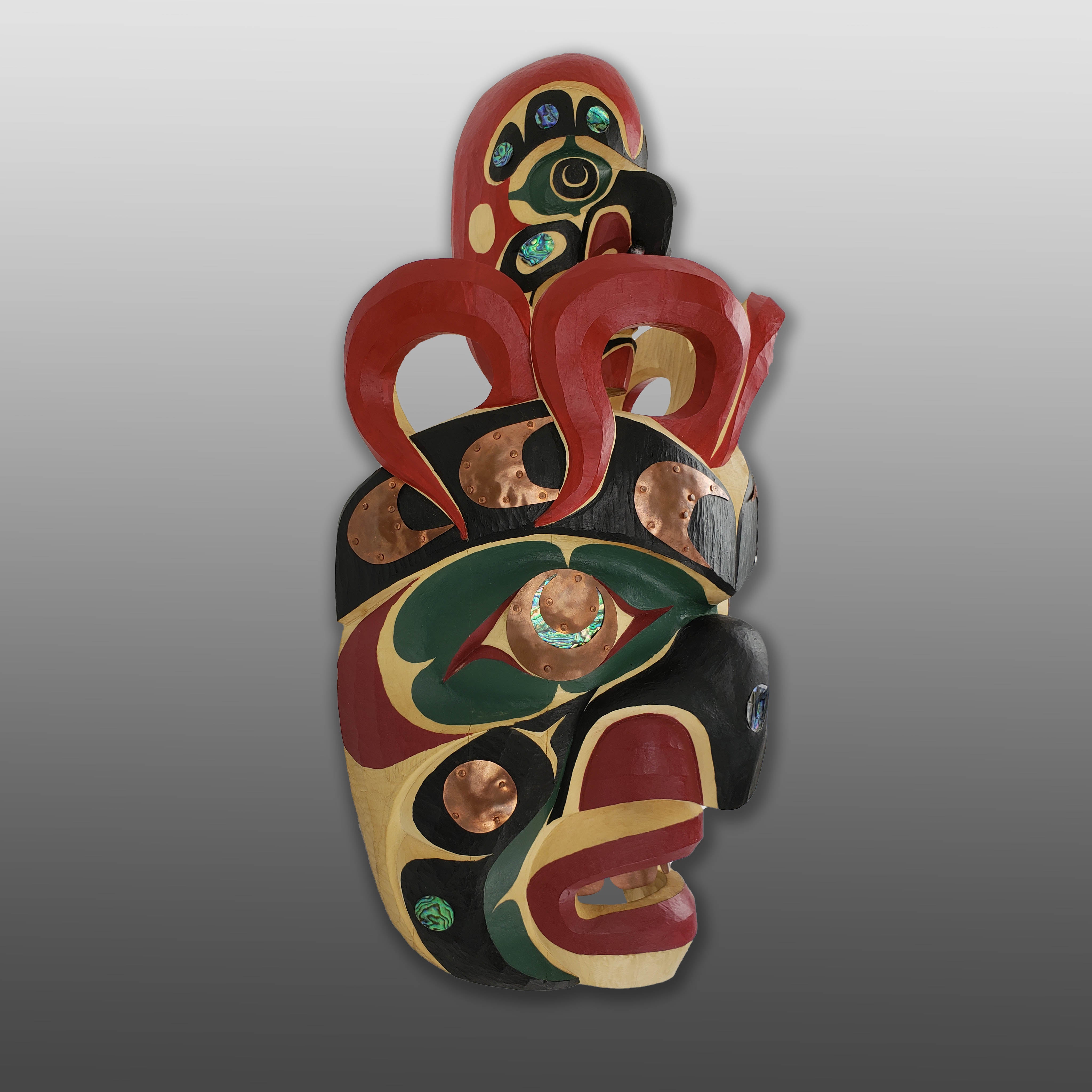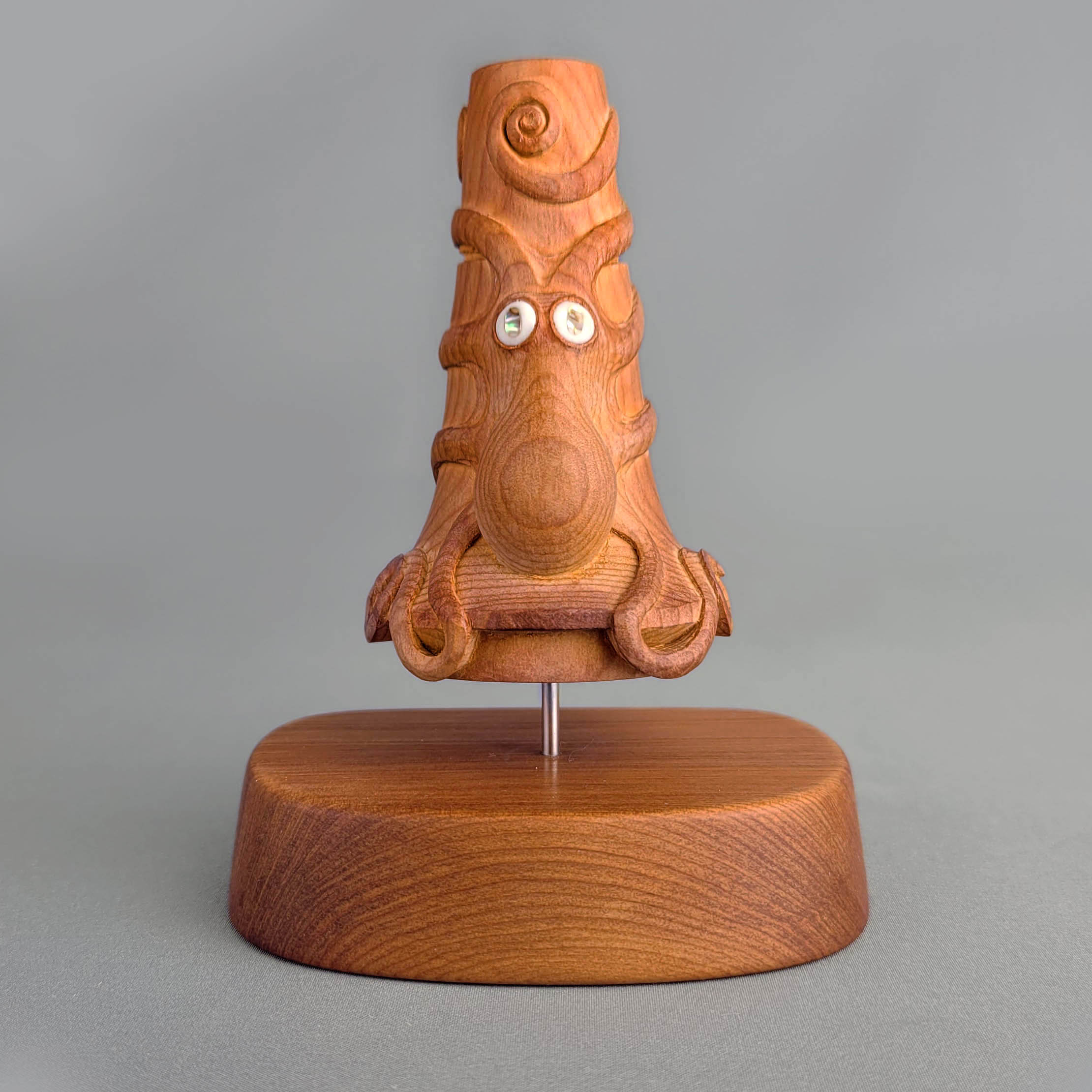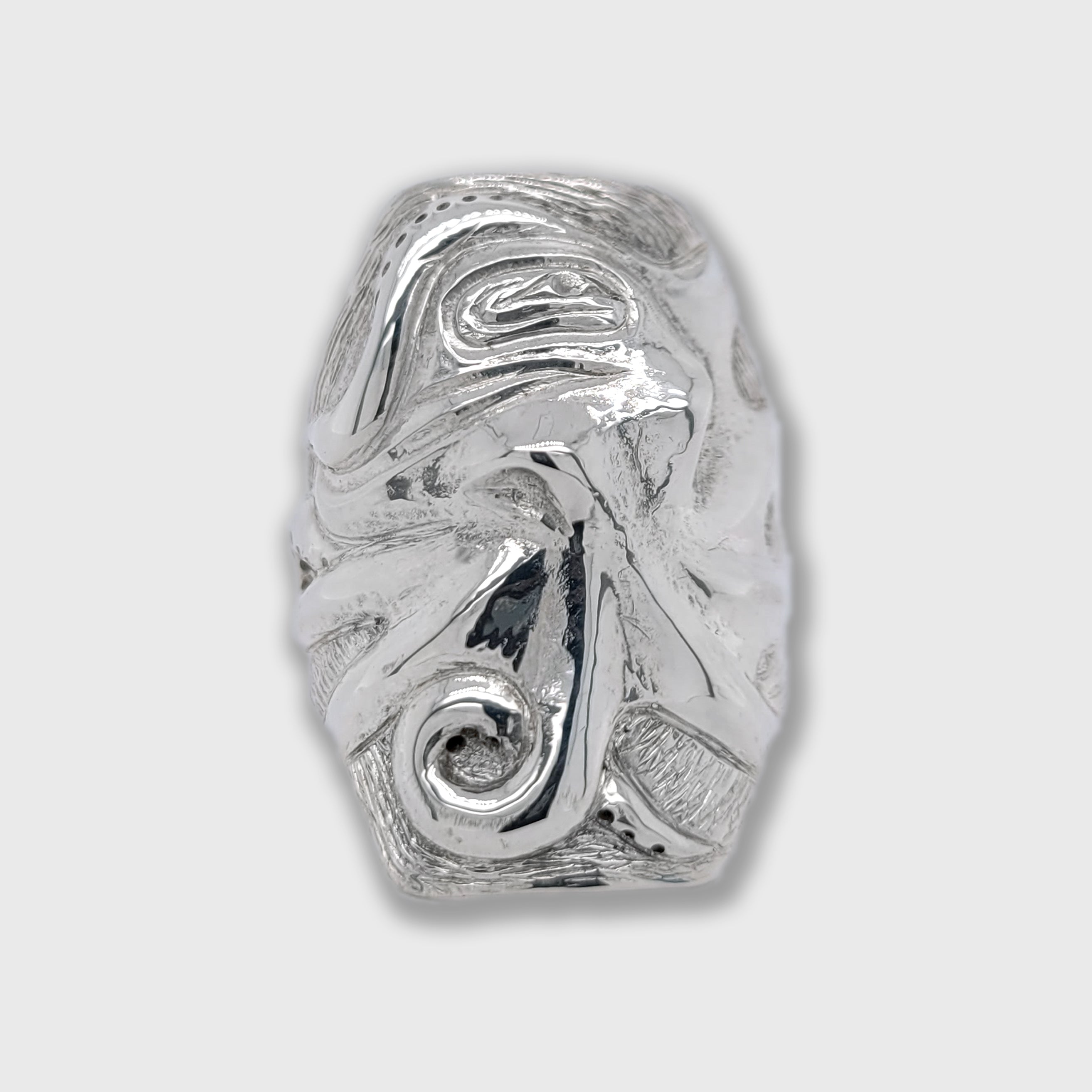The Octopus
The Octopus, sometimes known as the Devilfish, is a powerful symbol of high intelligence, transformation, regeneration and resourcefulness.The Octopus has excellent adaptability and flexibility in movement, and can be a symbol of one's ability to navigate through life's challenges and to be flexible in one's approach.
The Octopus is also a symbol of transformation and regeneration, and has close links to shamanism and transformation symbolism due to its abilities to transform its body in colour, shape and texture. It can also regenerate lost limbs. These qualities may also link the Octopus to ideas of renewal and rebirth.

Octopus Hat Carving by Haida artist Ron Russ
Octopus Symbol and First Nations
The Octopus is recognized by its long tentacles with round suckers, often in double rows, a fluid body, round eyes and it often has a short beaked mouth. Being an aquatic animal, the Octopus can be used specifically in connection to the ocean, and is often depicted alongside other aquatic animals and supernatural beings, such as the Orca or Killer Whale and the Chief of the Undersea World.
The Octopus holds spiritual significance and is associated with some Northwest Coast legends and mythology. The Octopus Hat by Ron Russ (above), for example, references the Octopus as part of the Haida Lazy Son-in-Law legends:
"In times past, Haida youths would be taught how to find and hunt octopuses. It is said that if you use a big rock to knock upon the house of an octopus, the octopus will come out to investigate. Well, in this story, the youth picks up a large stone to knock upon the house. Sure enough, the Octopus appears and the youth goes to grab it, but upon doing so gets scared, screams out, and throws the Octopus into the air. The bemused Octopus, unaccustomed to travelling by air, lands upon the youth's cedar hat, giving everyone present a good laugh." - Ron Russ
Some legends speak of a giant Devilfish that would occasionally devour canoes and even entire villages. There is another common legend in Haida culture, that of the Orca and Raven Fin, in which the Orca defeats an Octopus that was terrorizing other sea creatures and Haida people:
In the story, a talented carver and painter named Go'ttca who is left behind after a sea-lion hunting trip is able to carve two supernatural killer whales out of yew wood that come to life to help him when he throws them into the sea. The people of Go'ttca's village believed that he had perished but Go'ttca instructs Raven-Fin and Noisy-Fin to provide ten whales for Go'ttca's village during a time of hunger. Go'ttca then joined the Chief of the Undersea after instructing the people to take up residence in two chiefly houses, not just one. The story of Raven-Fin continues after his brother Noisy-Fin is killed by a monstrous Octopus or Devil-Fish that is killing many sea creatures and Haida people. Raven-Fin calls upon all the sharp-toothed creatures of the sea to destroy the Octopus that had killed his brother Noisy-Fin and brought havoc to the local people. -- Swanton, 1908
The Octopus Symbol has an important cultural significance to First Nations in North America.
Native Art - The Wolf Symbol
Spirits of the West Coast Native Art Gallery sells Octopus Symbol prints, Native American Jewelry, Octopus Native carvings, Octopus ceremonial masks, gold and silver bracelets and bentwood boxes, all inspired by the Octopus Symbol.
Contributions
If you have any further information or stories with or about this Native American Symbol or totem and you would like to share them with our readers, please feel free to email them to us. If they are appropriate we will add them to this page. Thank you!





